Highland Council’s housing committee attracted heated debate as members clashed over council house rent.
The administration strongly backed a below-inflation 4% rise, saying they have to protect tenants in the cost-of-living crisis.
However, they admitted it would leave a shortfall in the budget for repairs and maintenance.
Opposition councillors mostly backed a higher increase, saying the housing service desperately needs investment.
One tenant representative spoke to the chamber, telling members she would rather pay more rent for a warmer home. But the council’s official tenant consultation backed a 3% rise.
Members all spoke about the need to strike the right balance, but repeatedly clashed over what that balance should be.
Ultimately, they agreed a 4% increase, which would cost the average council tenant an extra £3.20 per week.
Highland Council has 14,600 homes, with the average rent now sitting at £83.17 per week, compared with a national average of £89.21.
Highland Council: ‘We have an obligation to protect our tenants’
Housing and property chairwoman Glynis Sinclair acknowledged that this was a tough decision for the council.
Because the housing revenue budget is funded by tenant rents, it needs to increase a little each year to maintain the service. This year, anything under 5.2% would mean a reduced budget for repairs and maintenance.
But the council leadership believes the cost-of-living crisis will make this a tough pill for tenants to swallow. Instead, the committee was asked to agree a smaller 4% rise.
This leaves a £708,000 shortfall in the budget.
Council leader Raymond Bremner told members every council is grappling with the same problem, but added: “We have people on the breadline and we need to protect them.”
However, councillor Andrew Jarvie said even 7% is below inflation, and not so extravagant that people would face any hardship. Mr Jarvie said the poorest people in Highland would be protected by increases in benefits.
He further accused the administration of courting positive headlines in the press.
On the contrary, Mr Bremner said the council is listening to tenants’ views.
Highland Council has consulted tenants on whether they would prefer a 3%, 5% or 7% rent increase. More than half opted for the smallest rise, and just 14% said they could afford a 7% increase.
‘Four percent will not make me warmer’
Yet one tenant moved the chamber with her own account of the dilemma.
A representative of the tenant participation group (whose name was not publicly disclosed) told members she’d rather pay more for a warmer home.
She said she pays £253 a month just for electric heating in her one bedroom home, and while her thermostat is set to 21C, the actual temperature is as low as 14C. She blamed poor insulation and ineffective heating systems.
And she said she’d pay an extra £5 a week if that would deliver the investment needed.
Opposition councillors agreed there was a strong case for investment. Wick member Jan McEwan said: “Twenty pounds a month isn’t going to hurt them.”
But others said every penny saved in rent is money that tenants can afford to spend on heating. The tenant survey appears to support that view.
Climate change chairman Karl Rosie responded to the discussion on insulation. “I understand it will cost half a billion pounds to bring our housing stock up to standard, so we need to be careful around any statement that £20 a month will do it.”
He added that the council needs to work to secure more external funding for insulation.
There was good news on that front, with housing boss David Goldie announcing that the council has secured £2.3 million from the Net Zero Carbon Challenge Fund.
Currently just 7% of Highland Council houses meet stringent national targets for energy efficiency. Next year, they’re aiming to improve that to 49%, but it means racking up more debt on the capital programme.
A stitch in time saves nine?
Ultimately, the members opposed to a 4% rent increase believe Highland Council needs to make tough decisions now, to save money in future.
If tenants paid 7% or even 5.2%, it would at least keep the service at its current spending levels. As it is, a 4% rent rise means scaling back on repairs and maintenance.
This will create a backlog and could lead to more problems down the line. Housing bosses confirmed they will need to prioritise essential repairs only, and slash the budget for environmental improvements.
Councillor Sinclair agreed that the council can’t keep the rents this low indefinitely, but said they could manage it for one more year.
While the debate was extremely heated, the proposed 4% increase went through without a vote.
Independent member Calum Munro summed up the discussion: “Two words that have come up a lot are balance and fairness,” he said. “The circumstances of all our tenants is different but there’s no doubt that these are challenging times for everyone.
“There will be a time to invest… but we have been brave and come to the right conclusion.”
Are you interested in more exclusive and breaking Highland and Islands news from the P&J? If so, why not join our dedicated Facebook page HERE
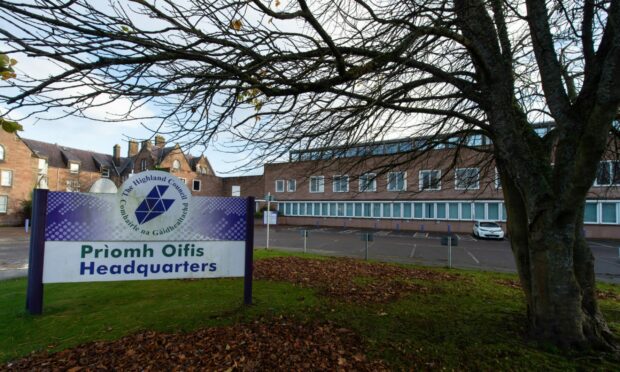

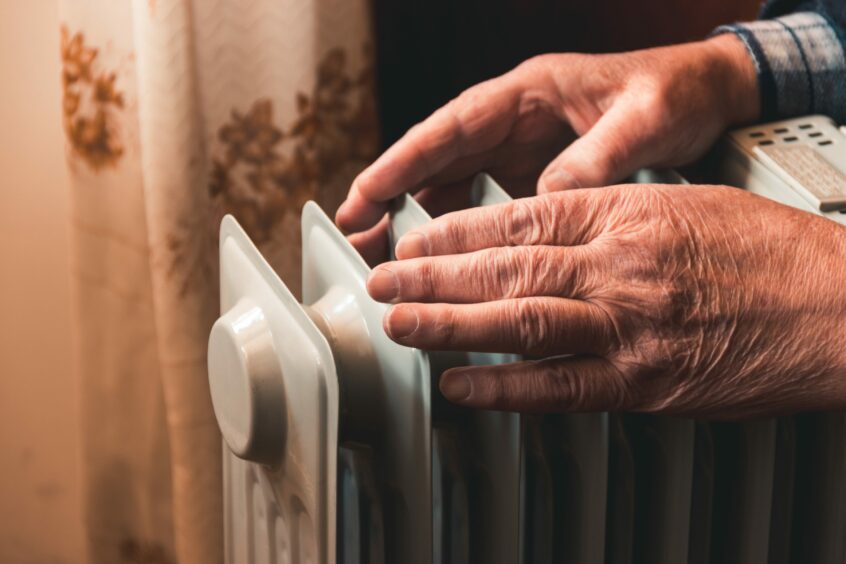
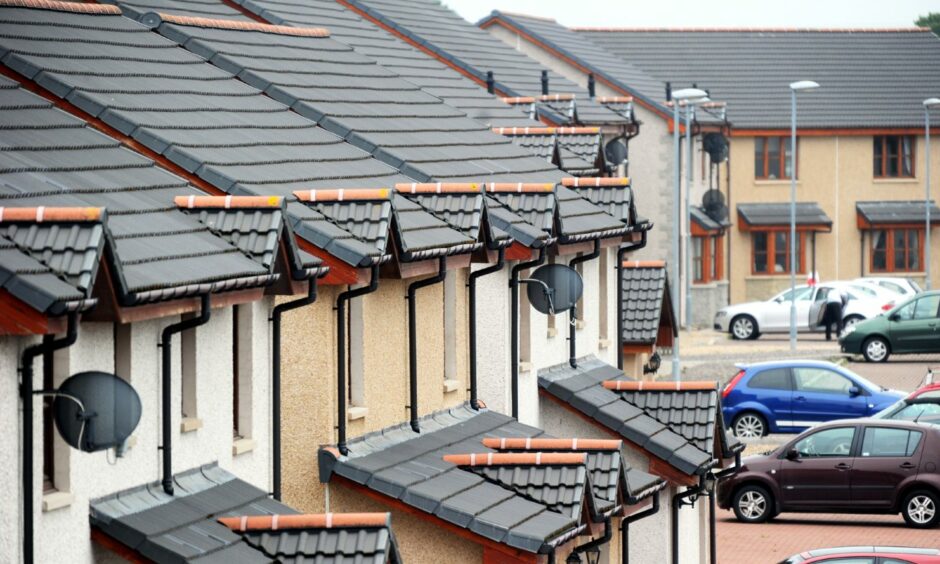
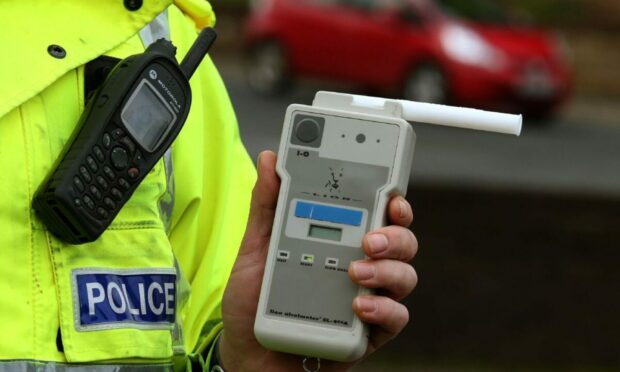
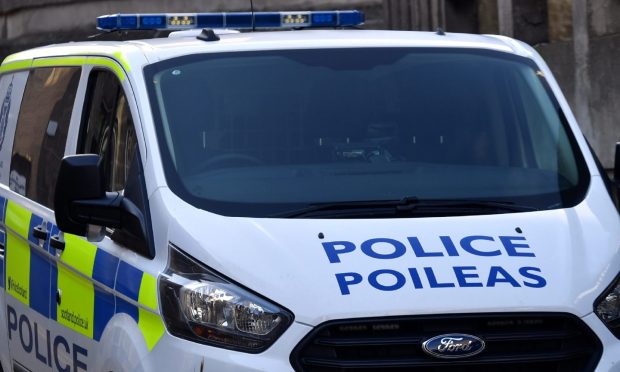
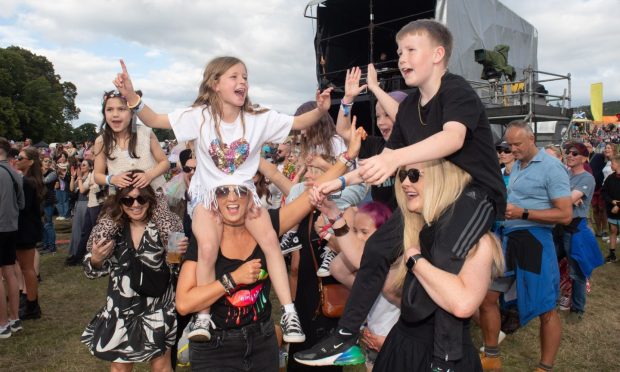

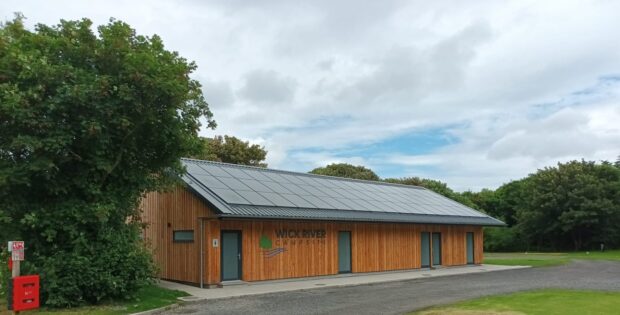
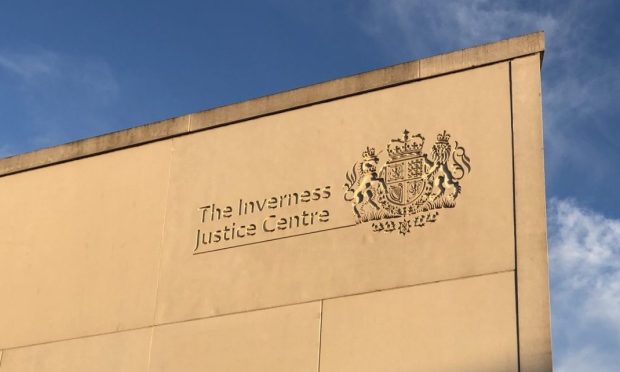

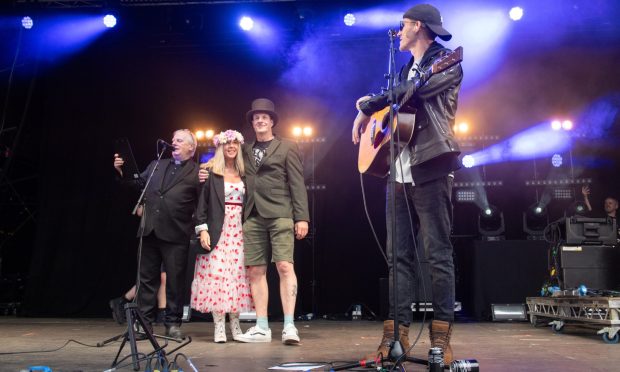
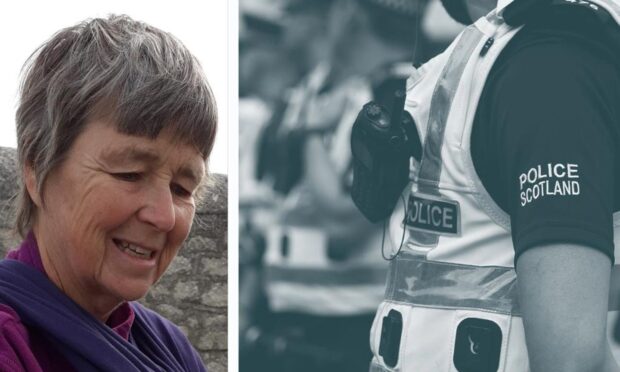
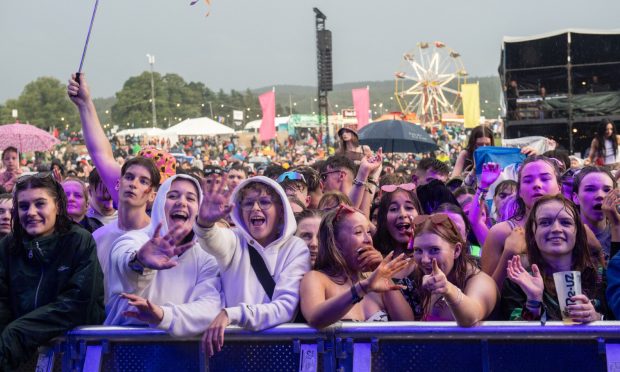
Conversation